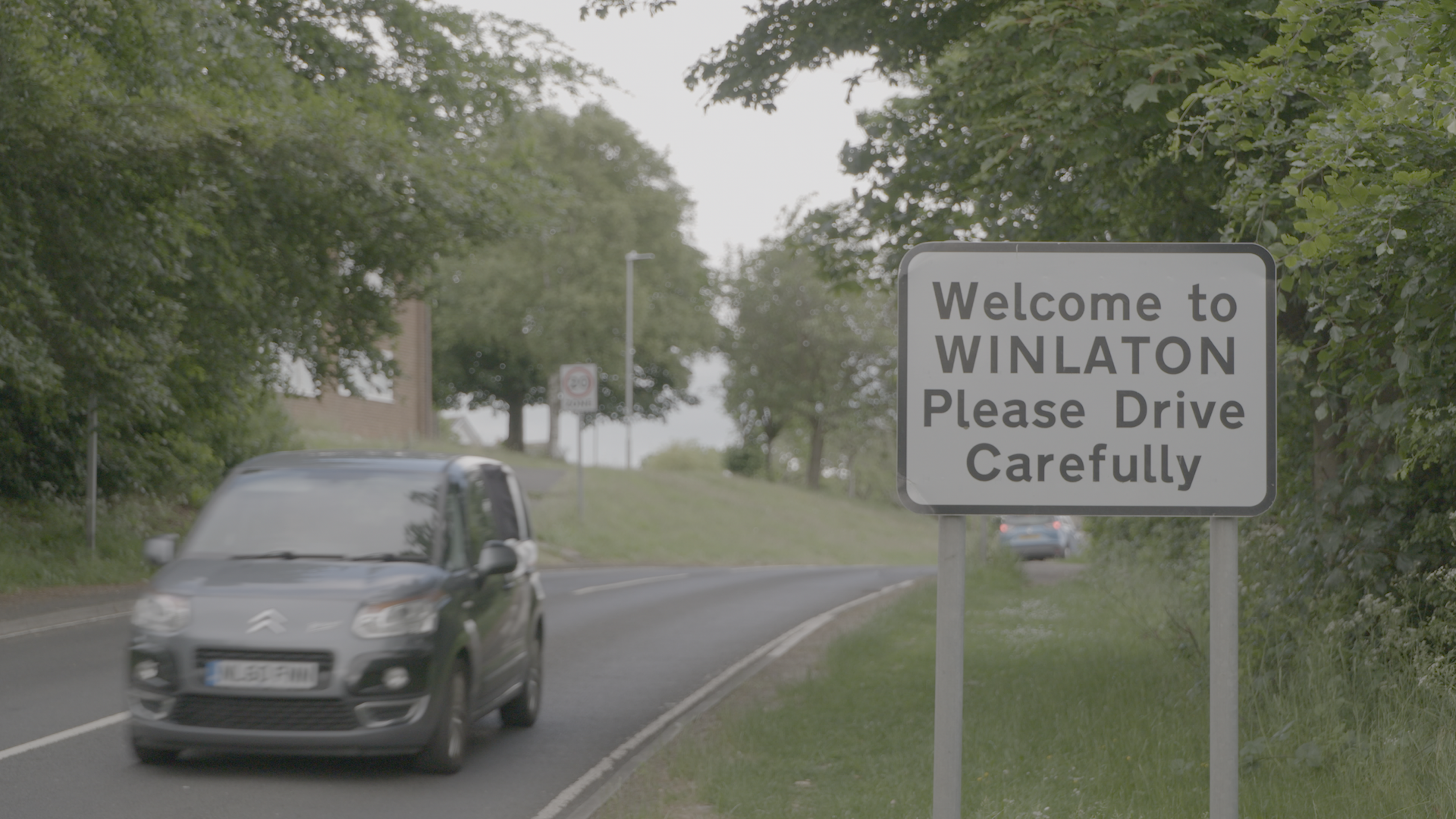- Winlaton, Gateshead has become first community to receive hydrogen blend via the public natural gas network
- 668 houses and a school are receiving the blend
- Residents continue to use their gas supply with no changes to appliances needed
The next phase of a ground-breaking green energy trial that could help Britain dramatically cut its carbon emissions and open the door to a low-carbon hydrogen economy has begun.
The HyDeploy project is blending hydrogen with natural gas on a public gas network in Winlaton, Gateshead operated by Northern Gas Networks.
Heating in the UK is currently responsible for a third of carbon emissions. Because hydrogen produces no carbon at the point of use, it is a viable alternative for heating homes and businesses to achieve the Government’s target of Net Zero carbon emissions by 2050.
HyDeploy is a £22.5m Ofgem Network Innovation Competition project delivered by a consortium, including partners Northern Gas Networks, Cadent, Progressive Energy Ltd, Keele University, HSE – Science Division and ITM Power.
The first phase of HyDeploy saw 100 homes and around 30 commercial buildings on a closed network at Keele University successfully use the hydrogen blend for a period of 18 months which ended in the spring 2021.
In a ten-month long pilot, HyDeploy is now blending up to 20% of hydrogen (by volume) for 668 homes and a primary school in Winlaton.
Customers are continuing to use their gas supply and appliances as normal, without any changes needed to gas appliances or pipework as current gas appliances are designed to operate with a blend of up to 23% hydrogen.
Winlaton resident, Biba Thompson said “There has been no difference to using our gas since the hydrogen was introduced. I am the sheltered scheme officer for some housing in the pilot area and everyone here is enthusiastic about doing their bit to reverse the effects for climate change and agrees that it’s great that our small village in the North East was chosen for such a ground-breaking pilot.”
Tim Harwood, Programme Management and H21 Project Director at Northern Gas Networks, said: “We’re delighted to have started supplying blended gas at Winlaton. The project will provide more vital evidence about the possibilities of blending hydrogen into the natural gas network across the UK, as a stepping-stone to decarbonising heat with no disruption to customers’
Dr Angela Needle, Director of Strategy at Cadent said “Supplying blended hydrogen gas at Winlaton builds on the successful completion of a trial on a private gas network at Keele University. From October 2019 until March 2021 customers living in 100 homes and 30 university buildings safely received a supply of blended gas without the need to make any changes to their existing appliances.”
The HSE granted HyDeploy an exemption to the current limit of 0.1% hydrogen in the UK gas network after the project gathered extensive evidence to demonstrate the hydrogen blend will be both greener and safer than natural gas.

Fast facts
- Heating homes and industry accounts for nearly half of all energy use in the UK and one third of the country’s carbon emissions.
- If hydrogen were blended with natural gas across the UK at a similar level to HyDeploy, it could save around 6 million tonnes of carbon dioxide emissions every year, the equivalent of taking 2.5 million cars off the road.
- Hydrogen was a major component in ‘town gas’, gas created from coal and used widely throughout Britain before the discovery of North Sea gas in the 1960s. Up to 60% of the gas (by volume) being used by consumers was hydrogen.
- Across Europe, permitted levels of hydrogen in the gas supply vary, from 0.1% in the UK to up to 12% in parts of the Netherlands
- Blending hydrogen is a non-disruptive way to kickstart the transition to hydrogen, allowing a significant hydrogen supply to be built up whilst not requiring any changes to domestic consumers appliances or installations.



